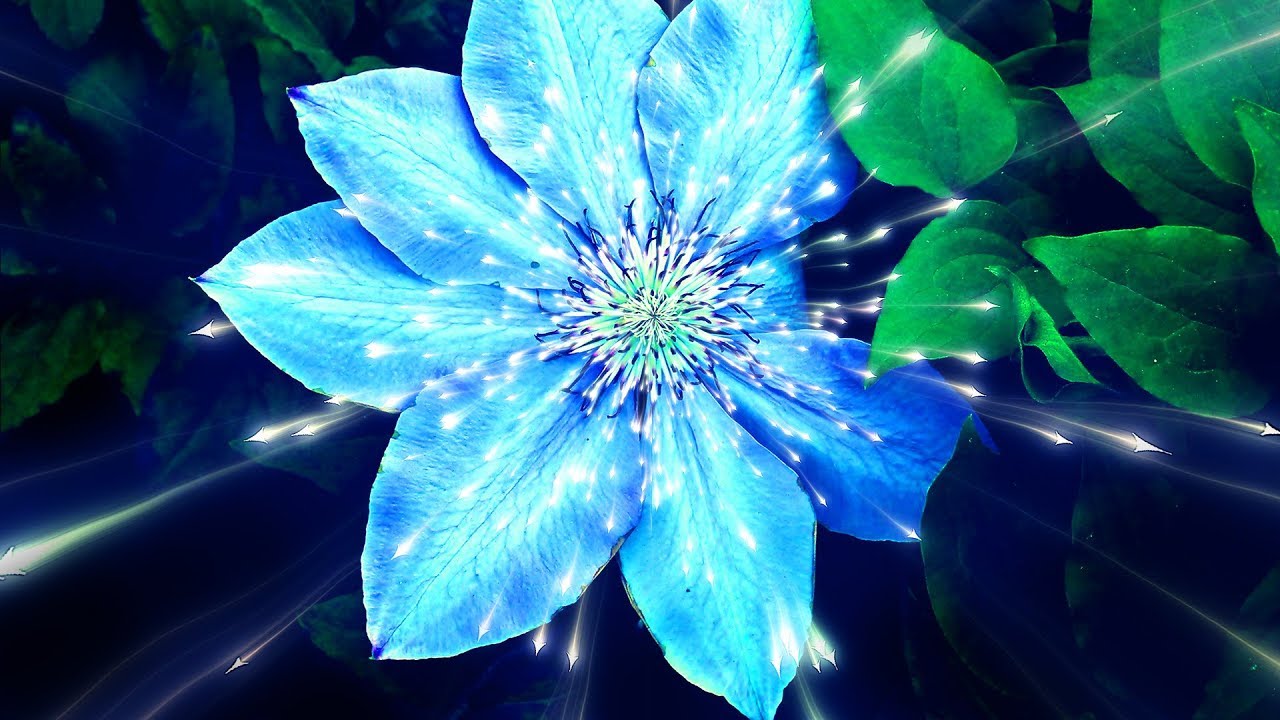Morning Yoga Music ● Daydara ● Meditation, Relaxing Indian Flute Music for Yoga, Healing, Relax, SPA Yoga Playlists
Video
Description
Morning Yoga Music ● Daydara ● Relaxing Indian Flute Music ►
★ About Indian Music Read in Description
★ Сheck out our YOGA MUSIC PLAYLIST for more ►
★ History of Indian Music
The 30,000 years old paleolithic and neolithic cave paintings at the UNESCO world heritage site at Bhimbetka rock shelters in Madhya Pradesh shows music instruments and dance. Mesolithic and chalcolithic cave art of Bhimbhetka illustrates various musical instruments such as harp, drums, gongs, daf etc.
Dancing Girl sculpture (2500 BCE) was found from the Indus Valley Civilization (IVC) site. There are IVC-era paintings on pottery of a man with a dhol hanging from his neck and a woman holding a drum under her left arm.
Vedas (c. 1500 – c. 800 BCE Vedic period) document rituals with performing arts and play. For example, Shatapatha Brahmana (~800–700 BCE) has verses in chapter 13.2 written in the form of a play between two actors.[12] Tala or taal is an ancient music concept traceable to Vedic era texts of Hinduism, such as the Samaveda and methods for singing the Vedic hymns. Smriti (500 BCE to 100 BCE ) post-vedic Hindu texts include Valmiki’s Ramayana (500 BCE to 100 BCE) which mentions dance and music (dance by Apsaras such as Urvashi, Rambha, Menaka, Tilottama Panchāpsaras, and Ravana’s wives excelling in nrityageeta or “singing and dancing” and nritavaditra or “playing musical instruments”), music and singing by Gandharvas, several string instruments (vina, tantri, vipanci and vallaki similar to veena), wind instruments (shankha, venu and venugana – likely a mouth organ made by tying several flutes together), raga (including kaushika such as raag kaushik dhwani), vocal registers (seven svara or sur, ana or ekashurti drag note, murchana the regulated rise and fall of voice in matra and tripramana three-fold teen taal laya such as drut or quick, madhya or middle, and vilambit or slow), poetry recitation in Bala Kanda and also in Uttara Kanda by Luv and Kusha in marga style.
Under the Khiljis, there were concerts and competitions between Hindustani and Carnatic musicians. Madhava Kandali, 14th century Assamese poet and writer of Saptakanda Ramayana, lists several instruments in his version of “Ramayana”, such as mardala, khumuchi, bhemachi, dagar, gratal, ramtal, tabal, jhajhar, jinjiri, bheri mahari, tokari, dosari, kendara, dotara, vina, rudra-vipanchi, etc. (meaning that these instruments existed since his time in 14th century or earlier). The Indian system of notation is perhaps the world’s oldest and most elaborate.
★ Classical Music
The two main traditions of Indian classical music are Carnatic music, which is found predominantly in the peninsular regions, and Hindustani music, which is found in the northern, eastern and central regions. The basic concepts of this music includes shruti (microtones), swaras (notes), alankar (ornamentations), raga (melodies improvised from basic grammars), and tala (rhythmic patterns used in percussion). Its tonal system divides the octave into 22 segments called Shrutis, not all equal but each roughly equal to a quarter of a whole tone of the Western music.
★ Hindustani Music
The tradition of Hindustani music dates back to Vedic times where the hymns in the Sama Veda, an ancient religious text, were sung as Samagana and not chanted. It diverged from Carnatic music around the 13th-14th centuries CE, primarily due to Islamic influences.[citation needed] Developing a strong and diverse tradition over several centuries, it has contemporary traditions established primarily in India but also in Pakistan and Bangladesh. In contrast to Carnatic music, the other main Indian classical music tradition originating from the South, Hindustani music was not only influenced by ancient Hindu musical traditions, historical Vedic philosophy and native Indian sounds but also enriched by the Persian performance practices of the Mughals. Classical genres are dhrupad, dhamar, khyal, tarana and sadra, and there are also several semi-classical forms.
★ Carnatic Music
There are many types of music which comes under the category of light classical or semi-classical. Some of the forms are Thumri, Dadra, Ghazal, Chaiti, Kajri, Tappa, Natya Sangeet and Qawwali. These forms place emphasis on explicitly seeking emotion from the audience, as opposed to the classical forms.
===============
And don’t forget to put Likes on FB! ►
Follow us on Twitter! ►
Subscribe to us in the Telegram ► spiritualsense
===============
♪ Composer: Spiritual Sense
♪ Original track title: Daydara (Morning Yoga Music, Meditation, Relaxing Indian Flute Music for Yoga, Healing, Relax, SPA)
© This music is reserved by all rights presented by the law of united states of America. ©







 Full album on iTunes & AppleMusic:
Full album on iTunes & AppleMusic:






